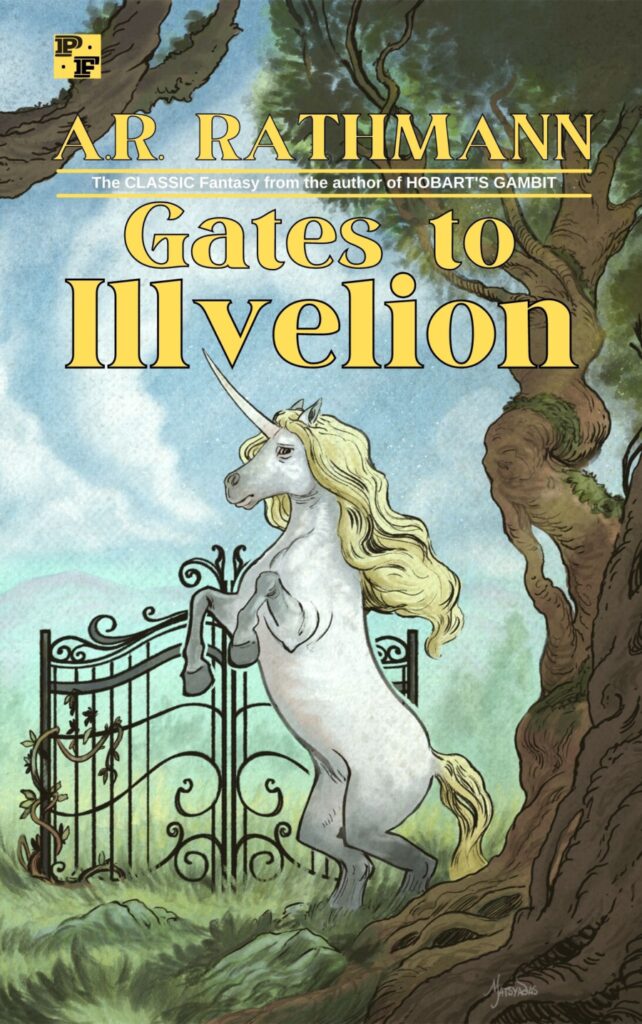My top writing goal for 2024 is to finish my novel, Norse City Limits. Inspired by both my love for Icelandic sagas and my love for film noir, NCL mixes elements from Grettir’s Saga and Norse mythology with some of my favorite noir tropes.
I started out writing it late last summer and made a lot of progress right out of the gate. I guess I was excited about starting something new. The idea for NCL has been rattling around my brain for years, so that build-up and energy just flowed right through me when I finally started drafting. I think I wrote roughly 15,000 words in those first few weeks.
Then the school year started and I began teaching again. That slowed things down considerably, and because I wasn’t outlining my chapters as I went, I ended up forgetting a bunch of stuff as my momentum stalled and I didn’t write everyday.
I wrote a short story, started another short story, started a novella, and then went back through and reread all of the NCL manuscript thus far, taking notes and outlining each chapter.
After that process, I finally resumed drafting the novel, but with a bit of a twist. The school year started with me wanting to experiment with having the students draft by hand. Basically do all their writing in notebooks and on pads of paper. This was my way of resisting AI, I guess. Of getting us all to think more intentionally about our bodies and how doing things by hand shapes how we think.
I realized that while I do a lot of writing by hand, mostly in my writer’s notebook, I was still drafting all my fiction at the computer. I can type faster than I can handwrite, and typing just made sense. Saves times, right?
But that meant that I could only write when I had access to my computer, to the desktop that sits in our basement. That meant that my writing time was limited to those moments when I was home and could steal away to the basement to write.
Translation: I didn’t get a lot of writing done once school started because I didn’t have access to my computer. And even when I did have access to it, sometimes I didn’t feel like holing myself up in the dank, cold basement. Sometimes I wanted to sit on the couch with my husband in the evening, just to be near him, to spend quiet time together.
After watching this video on Neil Gaiman’s writing routine, I realized that I really love writing in my writer’s notebook, and writing by hand has always made me feel more experimental and loose, AND I was asking my students to draft their writing by hand, but I was still shackled to my computer, so the answer seemed obvious.
I needed to start drafting my stories by hand.
I took out the lovely leather notebook case my husband got me a few years ago, stuck a couple of Moleskine softcover journals in it, and started drafting NCL and my short fiction by hand. I started bringing the notebook with me to work, drafting in spare moments at lunch or after school. I sat on the couch in the evenings and drafted while my husband worked on his grad classes.
Basically, I got back into the groove with the novel.
At this point, I’m on chapter ten but not quite sure how many words because I’ve drafted the last chapter by hand. Probably getting close to 30k words. Which is admittedly not a lot. I’m thinking this book will be roughly 100k words, but that’s always hard to say until I get closer to the end. I don’t outline, so I’m simply going by the vague impressions I’ve generated for where the story might go and the scenes I have floating around my head.
Right now, my protagonist is stumbling and fumbling along, trying to be proactive but getting swatted down at every turn by the cruel forces at work in the city. It’s weird writing noir because it’s such a dark genre/style that calls for bad luck and evil fate to circumvent the hero’s actions. I want to be careful that my main guy gets some feeling of progress going even as the net squeezes tighter and tighter around him.
To finish the novel in seven months, I must write roughly 10k words per month. Very doable… except I also have the goal to finish another novel (Ysbaddaden) and even more stories besides. So 10k a month for NCL, but that won’t be all I’m writing each month.
As always, I’m hoping to “fail to success,” so no matter where I am by next month, I’ll be further along than I am now.


